Description
Lab values are quantitative measurements derived from tests performed on blood, urine, or other bodily fluids to assess a person’s health status. Below is an overview of common lab values for different categories, though it’s important to note that normal ranges can vary depending on the laboratory, age, gender, and other factors.
### **1. Complete Blood Count (CBC)**
– **WBC (White Blood Cells)**: 4,500–11,000 cells/µL
– Elevated WBC can indicate infection or inflammation.
– Low WBC can indicate a weakened immune system.
– **RBC (Red Blood Cells)**:
– Men: 4.7–6.1 million cells/µL
– Women: 4.2–5.4 million cells/µL
– Low RBC can indicate anemia.
– High RBC can indicate dehydration or a condition like polycythemia.
– **Hemoglobin (Hgb)**:
– Men: 13.8–17.2 g/dL
– Women: 12.1–15.1 g/dL
– Low levels indicate anemia, high levels may suggest dehydration or lung disease.
– **Hematocrit (Hct)**:
– Men: 40.7–50.3%
– Women: 36.1–44.3%
– Low Hct is often seen in anemia, while high Hct can suggest dehydration or lung disease.
– **Platelets**: 150,000–450,000 cells/µL
– High platelets can indicate clotting disorders or inflammation.
– Low platelets can indicate bleeding disorders or bone marrow problems.
– **MCV (Mean Corpuscular Volume)**: 80–100 fL
– High MCV can indicate macrocytic anemia (e.g., B12 deficiency).
– Low MCV can suggest microcytic anemia (e.g., iron deficiency).
– **MCH (Mean Corpuscular Hemoglobin)**: 27–31 pg
– MCH reflects the average amount of hemoglobin per RBC.
– **MCHC (Mean Corpuscular Hemoglobin Concentration)**: 32–36 g/dL
– Indicates the concentration of hemoglobin in a given volume of RBCs.
### **2. Basic Metabolic Panel (BMP)**
– **Sodium (Na)**: 135–145 mEq/L
– Low sodium (hyponatremia) can indicate dehydration, kidney problems, or overhydration.
– High sodium (hypernatremia) can suggest dehydration.
– **Potassium (K)**: 3.5–5.0 mEq/L
– Low potassium (hypokalemia) can cause muscle weakness or arrhythmias.
– High potassium (hyperkalemia) can cause heart problems.
– **Chloride (Cl)**: 98–107 mEq/L
– Helps maintain acid-base balance.
– **Carbon Dioxide (CO2, Bicarbonate)**: 22–29 mEq/L
– Low CO2 can indicate metabolic acidosis, while high CO2 suggests metabolic alkalosis.
– **Blood Urea Nitrogen (BUN)**: 7–20 mg/dL
– Elevated BUN can indicate kidney dysfunction or dehydration.
– **Creatinine**:
– Men: 0.7–1.3 mg/dL
– Women: 0.6–1.1 mg/dL
– Elevated creatinine suggests impaired kidney function.
– **Glucose**: 70–99 mg/dL (fasting)
– Elevated levels can suggest diabetes or stress.
### **3. Comprehensive Metabolic Panel (CMP)**
Includes all BMP values plus:
– **Calcium (Ca)**: 8.5–10.5 mg/dL
– Low calcium can indicate hypocalcemia, while high calcium can indicate hypercalcemia, which could be linked to bone or parathyroid issues.
– **Total Protein**: 6.0–8.3 g/dL
– Low protein may indicate malnutrition, liver disease, or kidney issues.
– **Albumin**: 3.4–5.0 g/dL
– Low albumin can be seen in liver disease, malnutrition, or kidney problems.
– **Bilirubin**: 0.1–1.2 mg/dL
– Elevated levels can indicate liver disease or hemolysis.
– **ALP (Alkaline Phosphatase)**: 44–147 IU/L
– Elevated ALP can be seen in liver or bone diseases.
– **AST (Aspartate Aminotransferase)**: 10–40 IU/L
– Elevated AST can indicate liver injury or muscle damage.
– **ALT (Alanine Aminotransferase)**: 7–56 IU/L
– Elevated ALT is more specific for liver injury.
– **LDH (Lactate Dehydrogenase)**: 140–280 IU/L
– Elevated LDH may indicate tissue damage, liver disease, or anemia.
### **4. Lipid Panel**
– **Total Cholesterol**: <200 mg/dL
– Elevated levels can increase the risk of cardiovascular disease.
– **LDL (Low-Density Lipoprotein)**: <100 mg/dL (optimal)
– High levels of LDL (“bad” cholesterol) are a risk factor for cardiovascular disease.
– **HDL (High-Density Lipoprotein)**:
– Men: >40 mg/dL
– Women: >50 mg/dL
– Higher levels of HDL (“good” cholesterol) are protective against heart disease.
– **Triglycerides**: <150 mg/dL
– Elevated triglycerides can increase the risk of cardiovascular disease.
### **5. Coagulation Studies**
– **PT (Prothrombin Time)**: 11–13.5 seconds
– Elevated PT can indicate clotting issues, liver disease, or the use of blood thinners.
– **INR (International Normalized Ratio)**: 0.8–1.1 (for normal, without anticoagulation)
– Measures the time it takes for blood to clot; used for patients on blood thinners.
– **aPTT (Activated Partial Thromboplastin Time)**: 30–40 seconds
– Elevated aPTT can indicate clotting factor deficiencies or anticoagulant therapy.
### **6. Liver Function Tests**
– **Albumin**: 3.4–5.0 g/dL
– Low albumin can suggest liver disease.
– **Bilirubin (Total)**: 0.1–1.2 mg/dL
– Elevated levels may indicate liver or biliary problems.
– **AST (Aspartate Aminotransferase)**: 10–40 IU/L
– Elevated in liver disease, particularly hepatocellular damage.
– **ALT (Alanine Aminotransferase)**: 7–56 IU/L
– Elevated in liver disease, particularly hepatocellular damage.
### **7. Thyroid Function Tests**
– **TSH (Thyroid Stimulating Hormone)**: 0.4–4.0 mIU/L
– High TSH may indicate hypothyroidism; low TSH can indicate hyperthyroidism.
– **Free T4**: 0.8–2.0 ng/dL
– Low levels suggest hypothyroidism, while high levels suggest hyperthyroidism.
– **Free T3**: 2.3–4.2 pg/mL
– Similar to Free T4, but Free T3 is the active form of thyroid hormone.
### **8. Arterial Blood Gases (ABG)**
– **pH**: 7.35–7.45
– Below 7.35 is acidosis; above 7.45 is alkalosis.
– **PaO2 (Partial Pressure of Oxygen)**: 75–100 mmHg
– Low PaO2 indicates hypoxemia (low oxygen levels in the blood).
– **PaCO2 (Partial Pressure of Carbon Dioxide)**: 35–45 mmHg
– High PaCO2 can indicate respiratory acidosis; low PaCO2 can indicate respiratory alkalosis.
– **HCO3 (Bicarbonate)**: 22–28 mEq/L
– Low bicarbonate can indicate metabolic acidosis; high bicarbonate suggests metabolic alkalosis.
– **O2 Saturation (SpO2)**: 95%–100%
– Measures the percentage of oxygen in the blood.
### **9. Renal Function**
– **Creatinine Clearance**: 90–139 mL/min (for young adults)
– Measures kidney function by assessing the filtration rate.
– **Urine Specific Gravity**: 1.005–1.030
– Indicates kidney’s ability to concentrate urine.
### **10. Inflammatory Markers**
– **CRP (C-reactive protein)**: <1.0 mg/dL (low)
– Elevated levels indicate inflammation, infection, or autoimmune conditions.
– **ESR (Erythrocyte Sedimentation Rate)**:
– Men: <15 mm/hr
– Women: <20 mm/hr
– Elevated ESR indicates inflammation or infection.
—


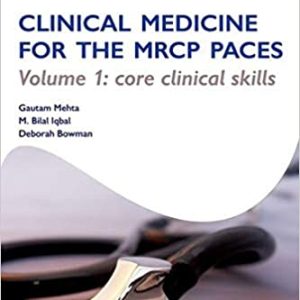
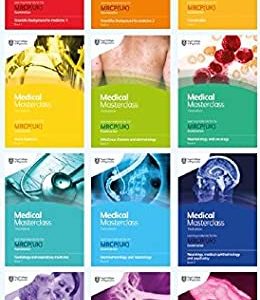




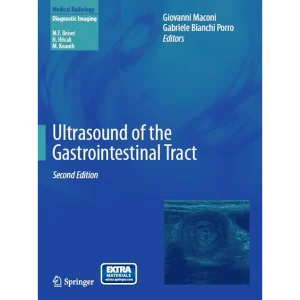



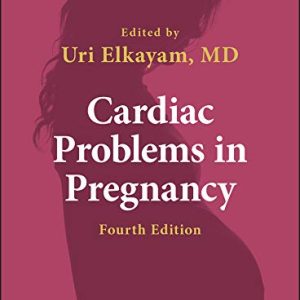



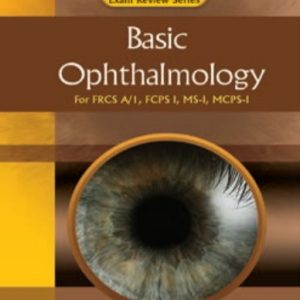

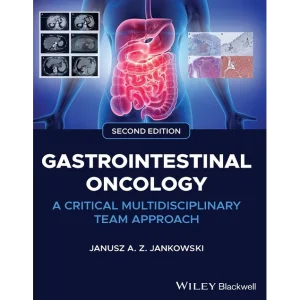

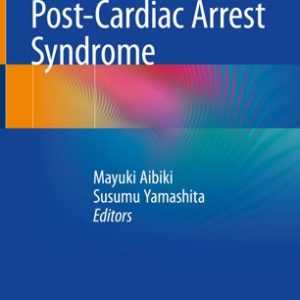




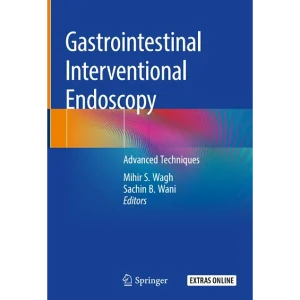
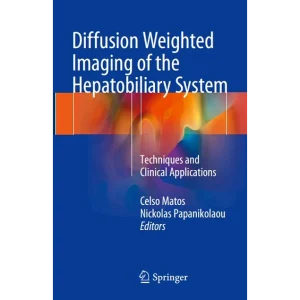
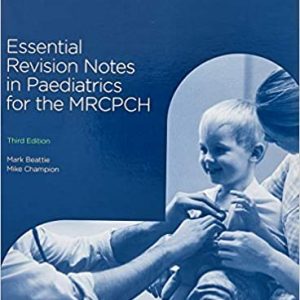
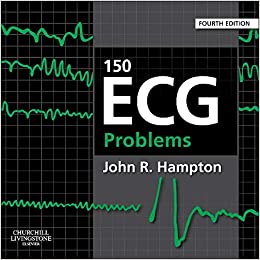





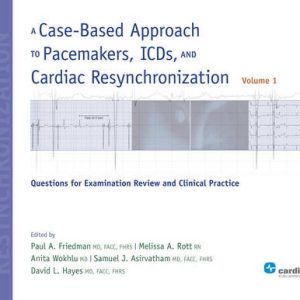




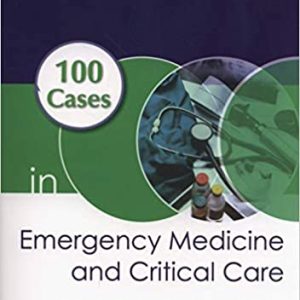

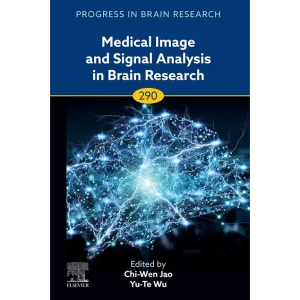
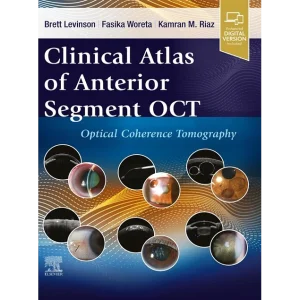


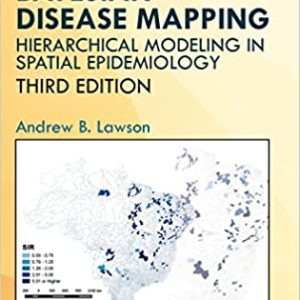




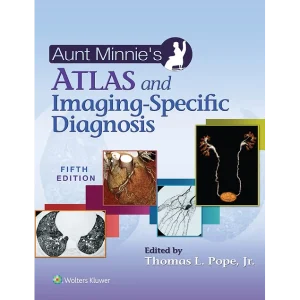

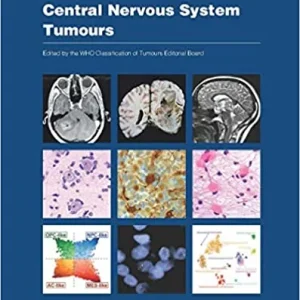







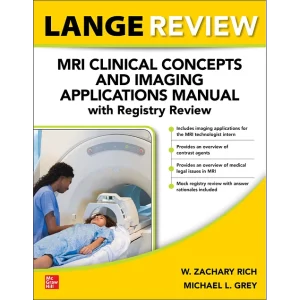



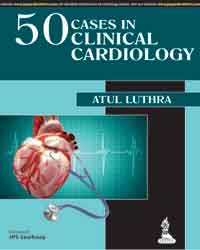
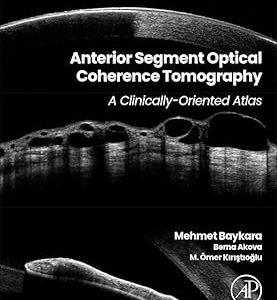

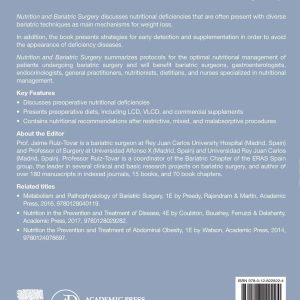





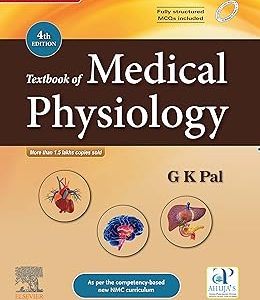


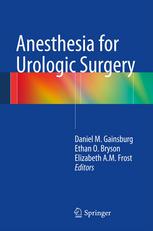

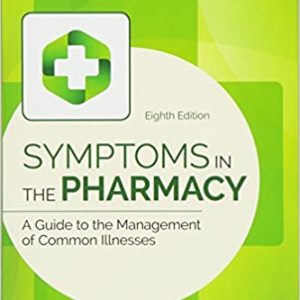
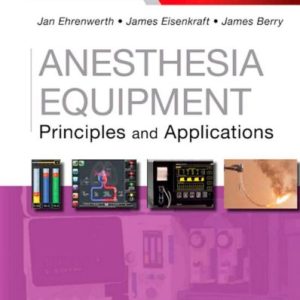
Reviews
There are no reviews yet.